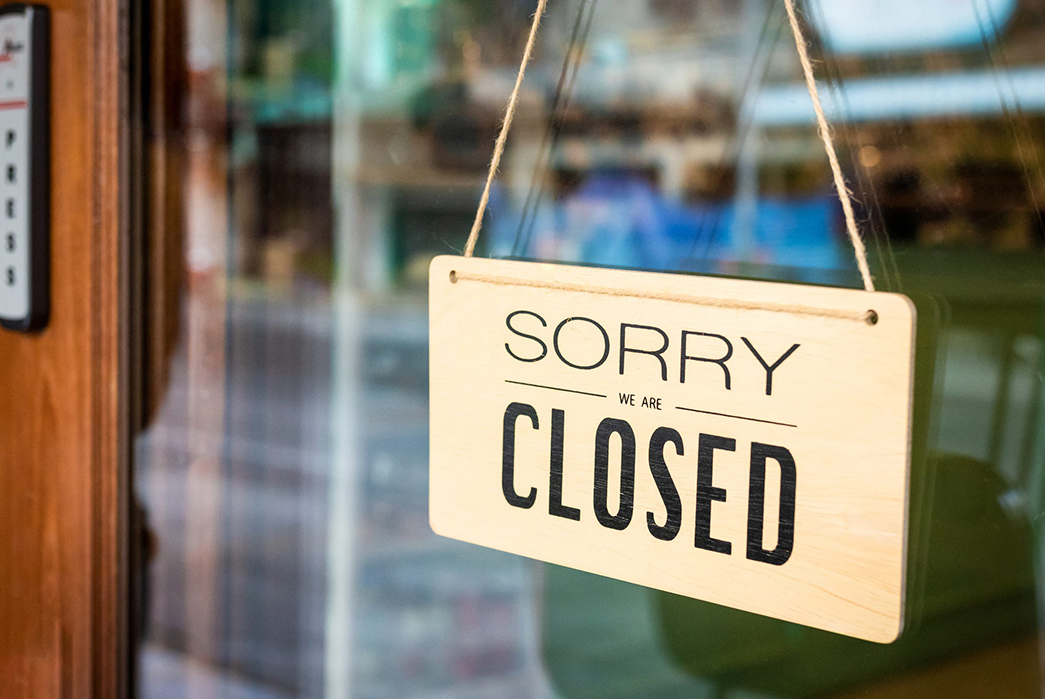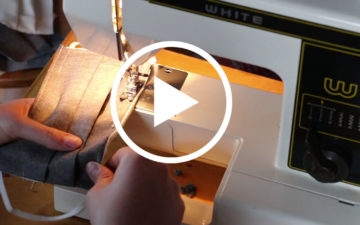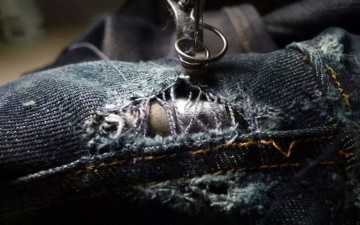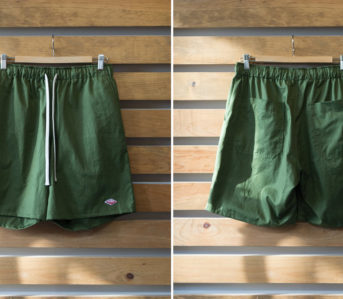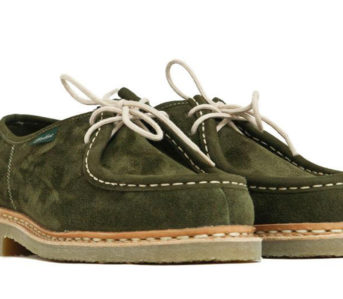It’s no secret that people are struggling right now. The much-loathed Covid-19 virus is running rampant all over the world, shutting down most aspects of normal life. And while no one has escaped unscathed, small businesses have taken the brunt of the economic hardship.
This hit is felt particularly in our niche of the fashion world, where designers and retailers operate with extremely tight margins in order to bring us the well-made clothes we value and provide for their employees in doing so. The recent CARES Act, huge economic stimulus package, was signed into law only a few days ago on March 29 and besides guaranteeing us all that meager $1200 check we’ve heard about, provides some lifelines for small businesses.
If you run a small business that’s been economically affected by the pandemic, read on for how it might be able to help you.
The CARES Act

Signed into law. Image via NBC News.
The Coronavirus Aid, Relief, and Economic Securities Act (CARES) is the single largest economic stimulus package in American history and the funds are being appropriated for all manner of important tasks. $80 million goes to the Pandemic Response Accountability Committee to audit the efficacy of the government’s response to Covid-19, an estimated $560 billion will be distributed among taxpayers in the form of those $1,200 checks, and a staggering $500 billion goes to big businesses. The money is divided up for many different purposes, but more importantly, $349 billion go to assist small businesses.
Critics of the bill point to the apparent cronyism of the handouts to big business and the lack of resources designated for the poor, or really for average Americans. $1,200 doesn’t even cover a month’s rent in many major cities and even that small sum can’t be collected if you are undocumented or simply too poor to pay taxes. And though few are 100% satisfied with the package, the ambitious life-saving measures for small businesses could be extremely useful to many in our industry.
What’s Available – S.O.S. (Save Our Small business)

Photo: Harvard Business Review
The CARES Act attempts to remove much of the red tape that would normally prevent small businesses from getting resources in a crisis. The new system of loans is actually separate from the Small Business Administration’s (SBA) previous disaster relief efforts and other federal loan programs and has a variety of pieces accessible immediately.
The Paycheck Protection Program is a retention program using that $350 billion of the CARES Act’s money and only small businesses and nonprofits with fewer than 500 employees are eligible. The loan has a maturity rate of 2 years and an initial interest rate of 0.5%, although the SBA caps the interest rate at 4%, which means it could possibly rise over time.
With the Paycheck Protection Program, you don’t need to make payments for the first six months of your loan and no collateral is required. You can receive 2.5 times the amount of your business’s average monthly 2019 payroll and this loan can be used to for payroll and commission payments, rent and lease payments, utilities, and more.
The administration wants these loans to be extremely accessible and the application process will be (theoretically) substantially simpler than previous federal loan programs. There is a strange line of fine print however; in a sample application provided by the SBA, borrowers must promise, “To the extent feasible, I will purchase only American-made equipment and products.” Which could be a problem, especially for retailers specializing in our favorite product, Japanese denim.
Borrowers may be eligible for loan forgiveness for the amount spent by the borrower in the first eight-week period after the loan is granted on payroll, rent, interest of mortgages, and utilities. The amount forgiven is reduced if the borrower lays off employees, but the SBA won’t penalize borrowers for employees they fired in the initial period of the loan, as long as they hire them back. The SBA isn’t lending the money, but SBA-backed lenders are, although they haven’t actually been provided with information as to how this will proceed. The government foots the bill, though, for those forgiven loans, which could add up to be an unthinkable amount of money.
A source on the Hill who asked to remain anonymous described the situation as a potential “clusterfuck,” but when asked if the government can actually afford the gargantuan bill, alluded to the fact that this money will have to come from somewhere. This significant deficit may come back to bite us down the line, but no one knows exactly how.
How Small Businesses Can Get Their Money
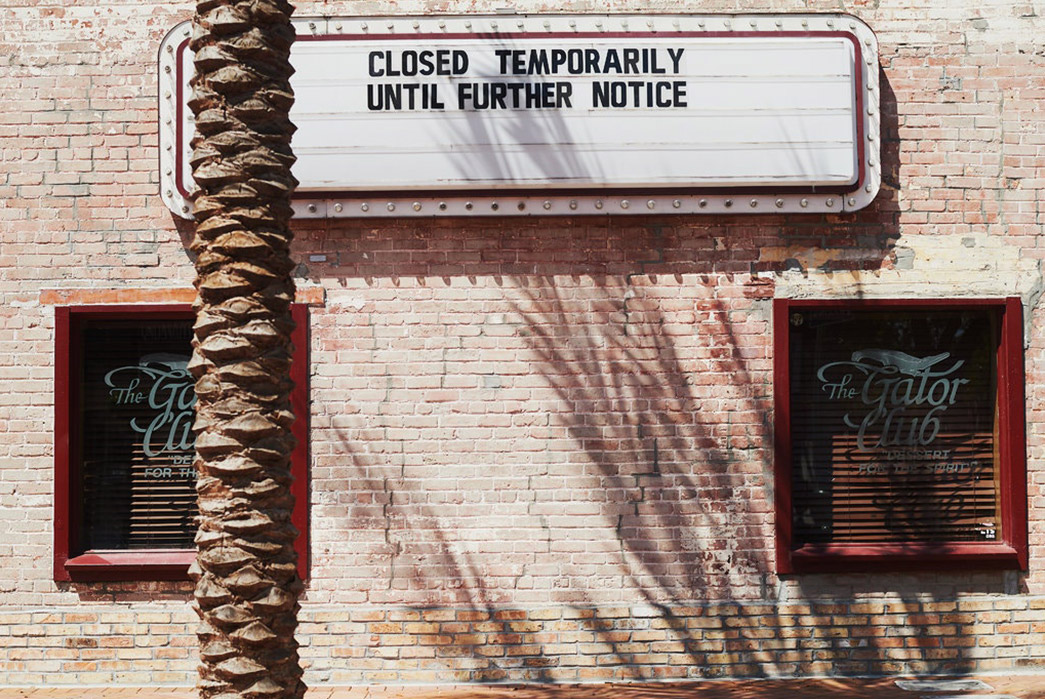
Image via the NYTimes.
Sole proprietorships can begin to apply on April 3 and independent contractors and self-employed individuals can apply on April 10. It’s important to get your application as soon as possible, as government-approved lenders will be processing somewhere close to 10 times their normal case load and things will likely get bogged down.
As long as your business isn’t in trouble with the law and meets the rather broad requirements set by the SBA, you should be able to apply for this loan. Economic Injury Disaster Loans may also be applied for, as set in place by the second Stimulus package passed by the government, and while the Paycheck Protection Program applications only stay open until June 30th, the EIDL stays open until December of this year.
Although guidelines for the Disaster Loans are more stringent than for the PPP, you can receive an advance of up to $10,000 while your application is being reviewed within three days.
All businesses should immediately contact their banker and find out if they are an SBA-approved lender. If not, the business should seek one out and with their advisors make sure they meet the qualifications for the expanded 7(a) loans (PPP) or any of the disaster loans. Then get together your paperwork and records and file your application ASAP.
Good luck!

